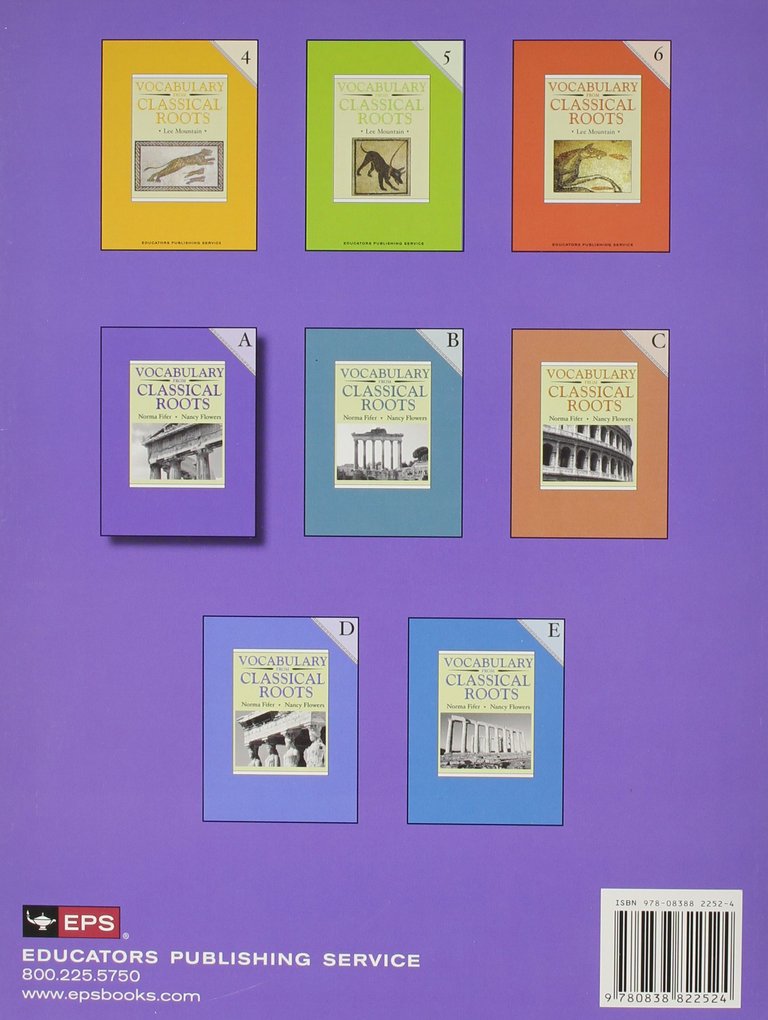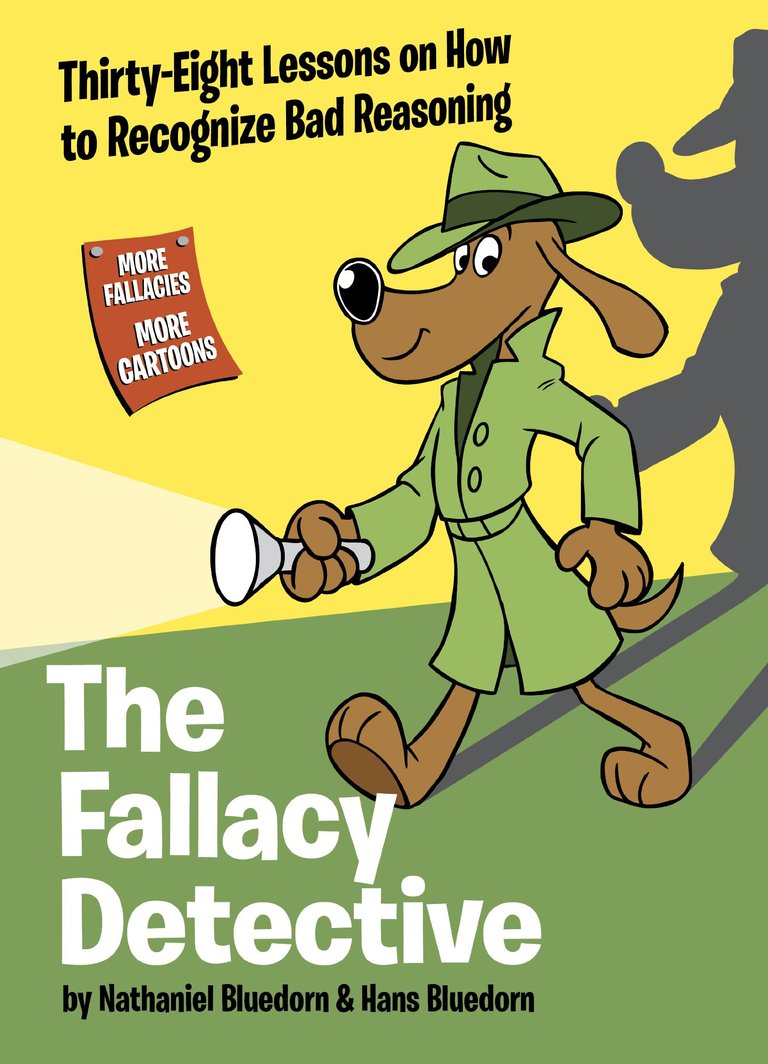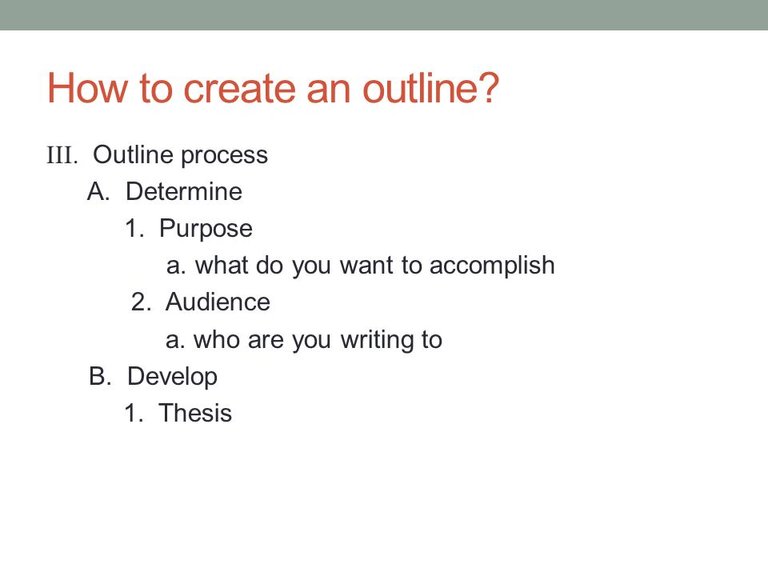In 5th-8th grade, you can begin a study of formal logic if you are following a classical curriculum. Formal logic is simply a set of rules that help one analyze the trustworthiness of the information received and involves asking questions like about meanings and motives.
Beyond formal logic, at this stage, analysis of literature becomes deeper. The student will begin to read more critically, expanding beyond what happens in the story to plot and character development. In this stage, you let your child disagree with you, to reach her own conclusions – as long as she supports her view with facts.
The process of rhetoric begins to spread beyond the boundaries of language arts over into other subjects. For example, the same process of analyzing whether an argument in a political speech or essay is reliable also applies to analyzing the reliability of a primary resource in history. This is a great time to really ramp up teaching across the curriculum.
Some resources at this stage:
How to Read a Book, Mortimer Adler. Your kid probably won’t read this because it’s kind of old-fashioned. But, you should read it. It will help you understand what deep reading requires – the kind of reading needed to learn.

A Case of Red Herrings: Solving Mysteries through Critical Questioning, Critical Thinking Press. This is similar to the Mind Bender series, but more story-like than puzzle like.
Critical Thinking Series, Anita Harnadek, Critical Thinking Press. This lays the groundwork more formal logic coursework in the upper grades. If you aren’t teaching logic, this course pretty much gets the job done. “Critical thinking” is kind of a buzz phrase, but it is essentially the art of clear thinking, which is essentially the same thing as logic only without as many formal rules.
To continue a study of grammar and writing skills, here are some resources
Vocabulary from Classical Roots series, Norma Fifer and Nancy Flowers, Educators Publishing Service. This is good practice for SAT and ACT exams because it helps your student learn to decode words based on common Latin and Greek roots.

The Fallacy Detective. This book is a great introduction to argument. It is written from a Christian point of view, but the exercises are so fun and powerful, that it didn’t matter to us. My son really enjoyed being on the lookout for logical fallacies in pretty much every conversation we’ve had since reading this book!

How to Create an Outline, Purdue OWL. This is Purdue University’s writing resource website. Most colleges have such a website now because they provide these as a support service for their students. Find one you like and use it as a reference for grammar, punctuation, and writing issues.

And so...
Lesson plan on building an outline. This lesson plan is from Read Write Think, a website that offers awesome lesson plans for free. They are geared for classrooms, but you can adapt most of them.
Wordsmith series, Janie Cheaney, Common Sense Press. A good workbook series.
Institute for Excellence in Writing Series, Institute for Excellence in Writing
Writing Strands, National Writing Institute

Thanks for using eSteem!
Your post has been voted as a part of eSteem encouragement program. Keep up the good work! Install Android, iOS Mobile app or Windows, Mac, Linux Surfer app, if you haven't already!
Learn more: https://esteem.app
Join our discord: https://discord.gg/8eHupPq
Thank you for using Resteem & Voting Bot @allaz Your post will be min. 10+ resteemed with over 13000+ followers & min. 25+ Upvote Different account (5000+ Steem Power).
This post has received a 8.74 % upvote from @boomerang.
You got a 100.00% upvote from @booster courtesy of @natalyaborqo!
NEW FEATURE:
You can earn a passive income from our service by delegating your stake in SteemPower to @booster. We'll be sharing 100% Liquid tokens automatically between all our delegators every 24 hours.
Quick Delegation: 1000| 2500 | 5000 | 10000 | 20000 | 50000